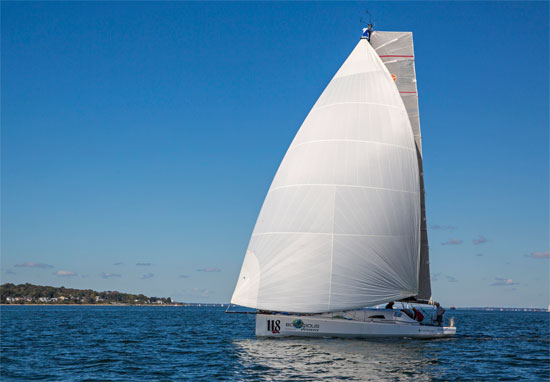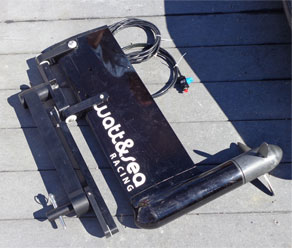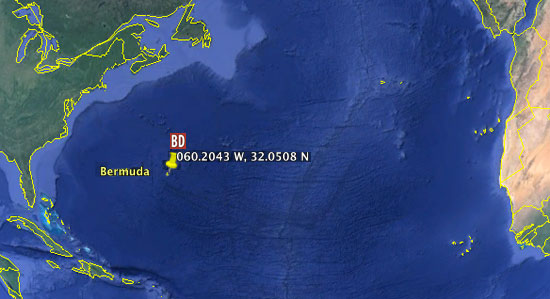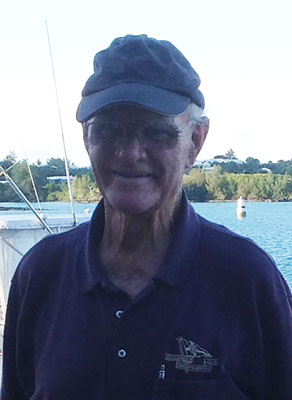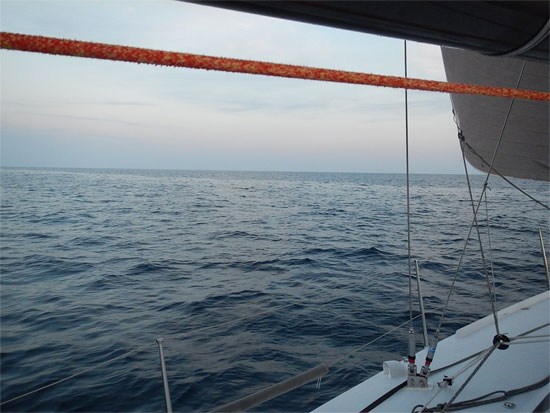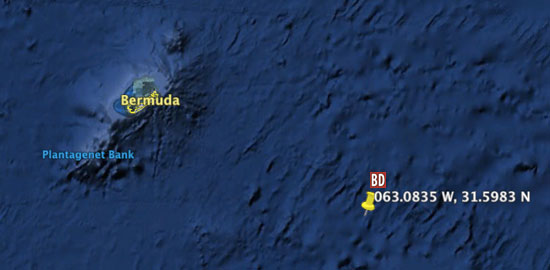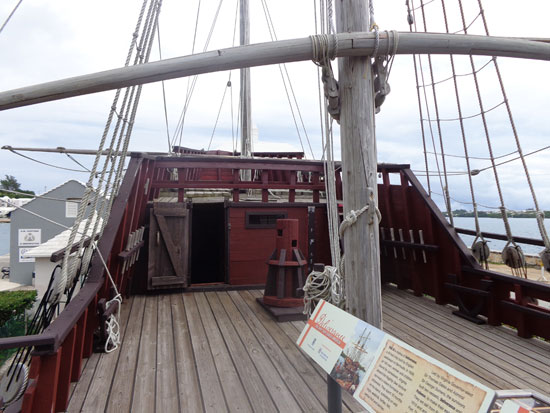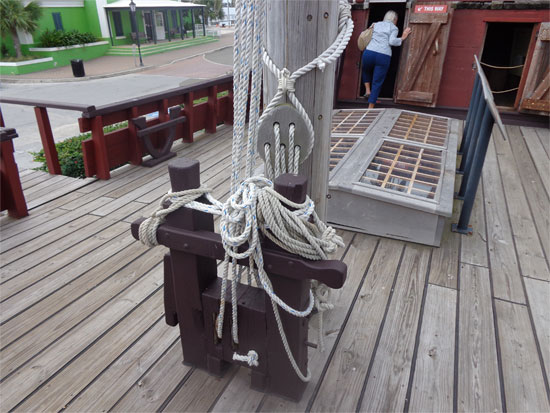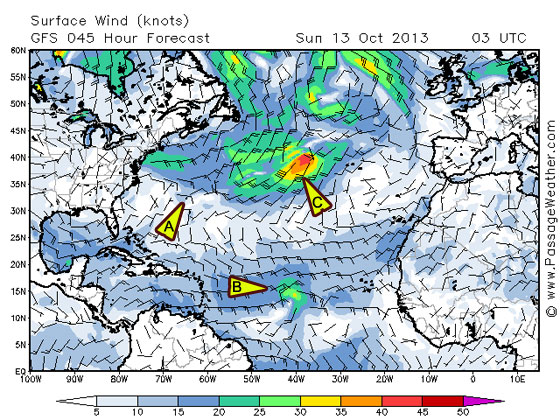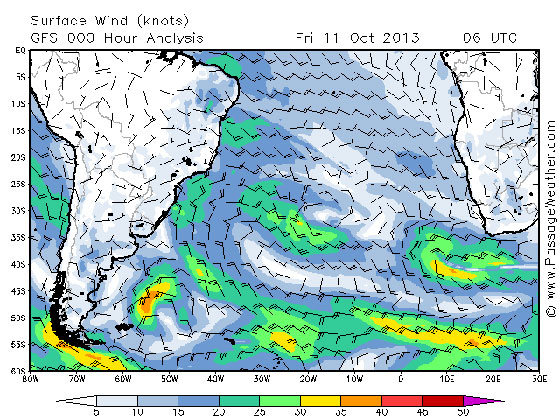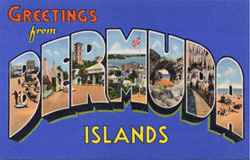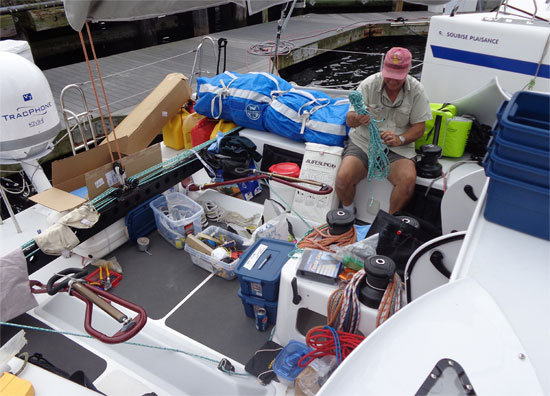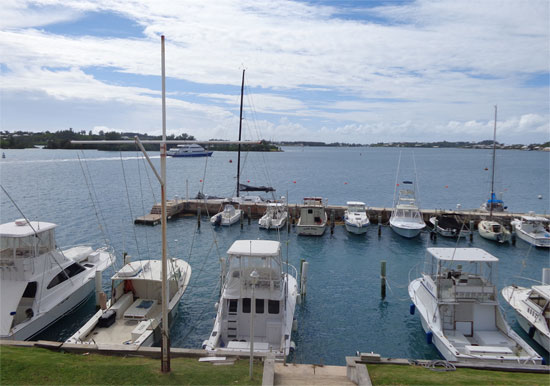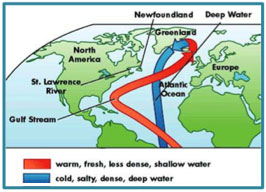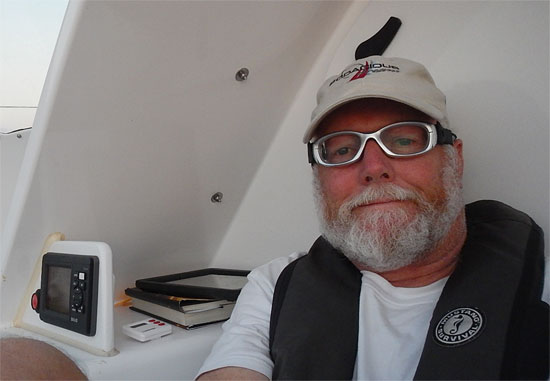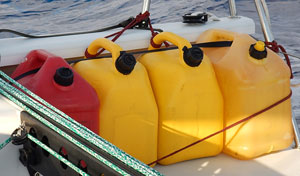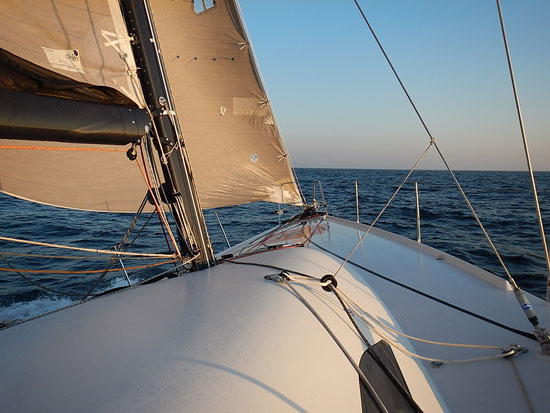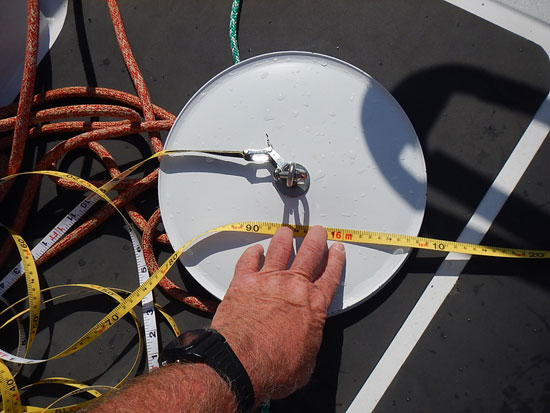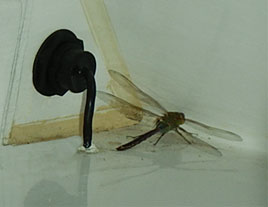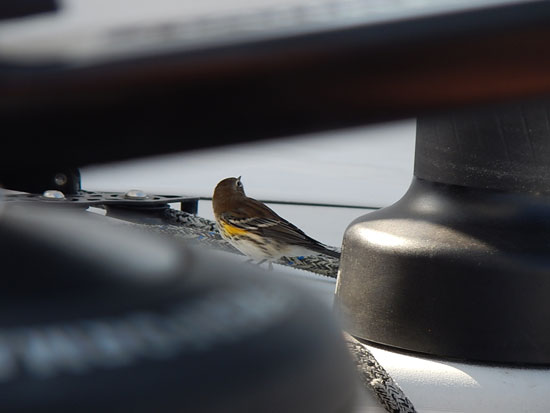It’s Thursday night … almost midnight, and we’re 6 days out from Bermuda. Once the winds filled back in about 04:00 am this morning, today provided us a beautiful day of sailing. Under the A3 (the big spinnaker sail) we advanced all day down the rhumb line (the direct line to my waypoint) at a steady speed between 8 and 10 knots. Once the sun set, (as miraculously happens each day) – the winds began to ease up some and now the wind speeds are slower, but I’m still making very nice progress.
Here’s a short video from earlier today, as we sailed along the last vestiges of the Tropical Storm Lorenzo.
Sailing a Cold Front along the Rhumb Line Towards the Trade Winds
The winds are forecast to shut down Friday afternoon, and so my goal by then is to get as close as I can to 26 degrees N Latitude, which is where the trade winds begin. Between wherever I am when the wind drops off and where the trade winds begin, I’ll probably have to motor sail the difference. This of course causes me concern as to my fuel supply … and how I will manage over what I predict is still 40 days of sailing to Cape Town. I also need to factor in how much fuel I’ll need just to charge batteries during that time.
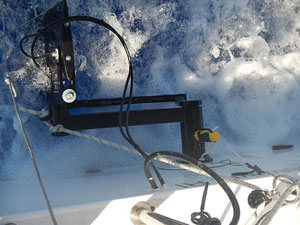 Today eased my worries somewhat as the hydro generator (in the photo) has been working like a charm all day, and so while I was sailing at the 7 to 10 knot range; it provided all electrical power onboard and recharged the batteries as well! That could mean great things for the next 40 days … but I also need to be prepared to charge batteries with the engine if there’s no wind or if the hydro generator develops a problem.
Today eased my worries somewhat as the hydro generator (in the photo) has been working like a charm all day, and so while I was sailing at the 7 to 10 knot range; it provided all electrical power onboard and recharged the batteries as well! That could mean great things for the next 40 days … but I also need to be prepared to charge batteries with the engine if there’s no wind or if the hydro generator develops a problem.
The end of the day is a special time for me. As the sun sets lower, the air cools off and the heat of the sun dissipates. Once the sun drops out of sight, the glow slowly loses it color and the stars grow visible. When I departed from Bermuda, and for a few days after, the full moon rose just as the sun was setting. Sailing under a full moon is a pretty magical experience – especially when you are the speeding along in the arms of the wind.
Here is a little video I took of moonrise on the weekend.
Moonrise leaving Bermuda
The other night when I was sailing through squalls, the moon illuminated the clouds and allowed me to know when the worst of the squall was going to pass. Each night that passes now, the moon rises a bit later, and tonight it didn’t rise until about 4 hours after sunset … but it will remain visible all night.
The best part about the moon rising later is it gives me a few hours of complete darkness to enjoy the wonders of the night sky, as well as the amazing phosphorescent plankton, which illuminates each ripple of wave from the boat as if it were touched by a gently flaming feather – a spectacular phenomenon to be experienced if you can ever get out on the ocean at night.
So, tonight as I watched the sky drain its sunset colors, I could make out the bright planets. My knowledge of the night sky and stars is quite limited, I’m sorry to say … actually limited primarily to the Big Dipper and Orion the Hunter, which hung over our home on Lake Michigan. I remember my father and grandfather pointing them out to me when out on a 4th of July waiting for fireworks. But, now, out here in the ocean, far from any urban glow, I am surrounded by endless stars and constellations, and I have no idea what is what or which is which! I may know where I am at sea, but I am completely lost in the stars. So to help me out, just before I left, I purchased an application for the iPad called “SkyWalk” – and I’m here to tell you, it’s an amazing little tool! Here’s what you see.
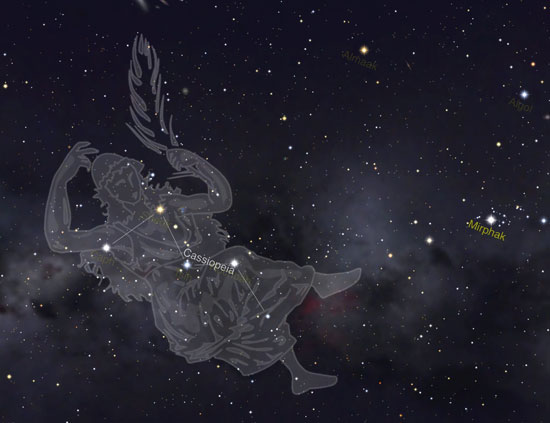 The Constellation Cassiopeia – 10.24.13
The Constellation Cassiopeia – 10.24.13
It shows the sky and all the planets and stars and it plots your position as you move the iPad across the sky. It uses the GPS to locate me and then software to track which way I’m facing. So, just like a telescope, I can pass from one star to another through a few constellations and back again … mirroring on the iPad screen what I’m seeing in the sky, but also adding labels and imagery to help you identify what’s going on up there. And there’s even this sweet-sounding space music playing in the background. So, as you can imagine … now I have to ask the hydro generator to charge my iPad too. This is cool technology even an ol’ greybeard can enjoy. If it sounds like something you’d like to try, it’s only $2.99 and there are versions for iPad and iPhone. Android has a similar app called Sky Map, but I haven’t tried that.
So, it’s back to sailing and a late night dinner for me. The warm, salty air makes for beautiful nights napping out on deck.
And another reminder to sign up for the email list to work around the sometimes sketchy way that Facebook posts to your newsfeed.
Thanks for following along. More to come soon.
– Dave and Bodacious Dream
051.1117W, 29.2461N
715 Nautical Miles South East of Bermuda
1219 Nautical Miles from starting point, Jamestown, RI

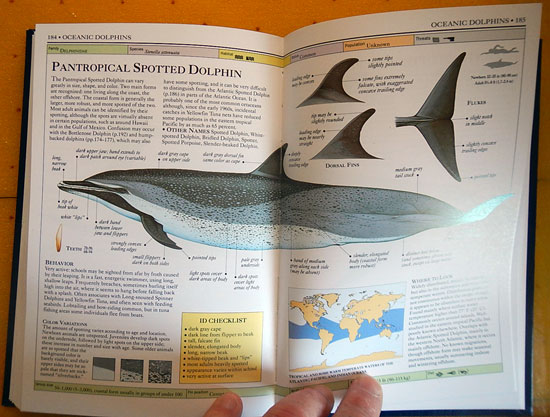


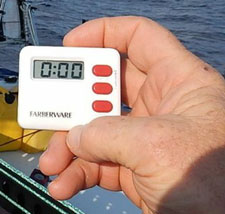
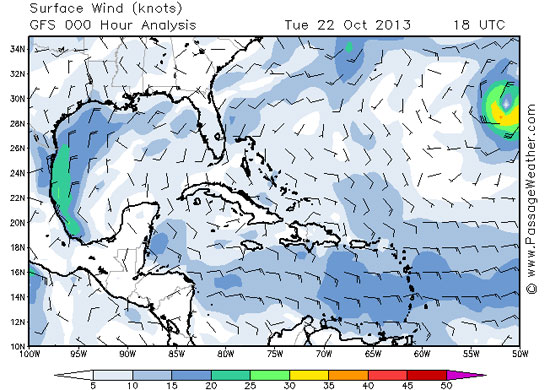
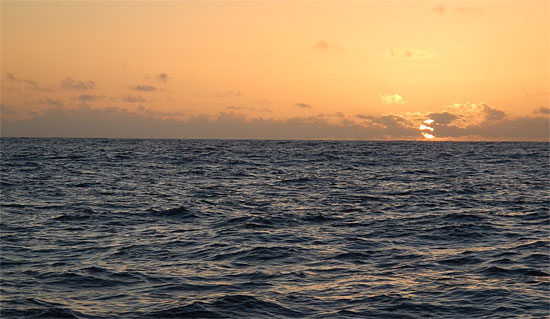
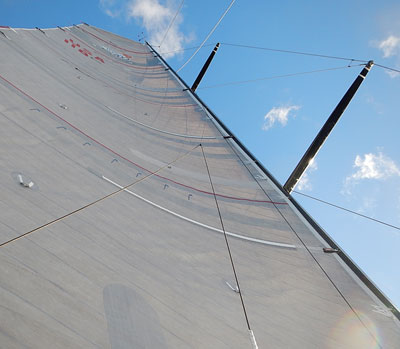
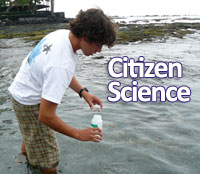
 “I’m happy to report that Dave’s bird sighting has been
“I’m happy to report that Dave’s bird sighting has been 